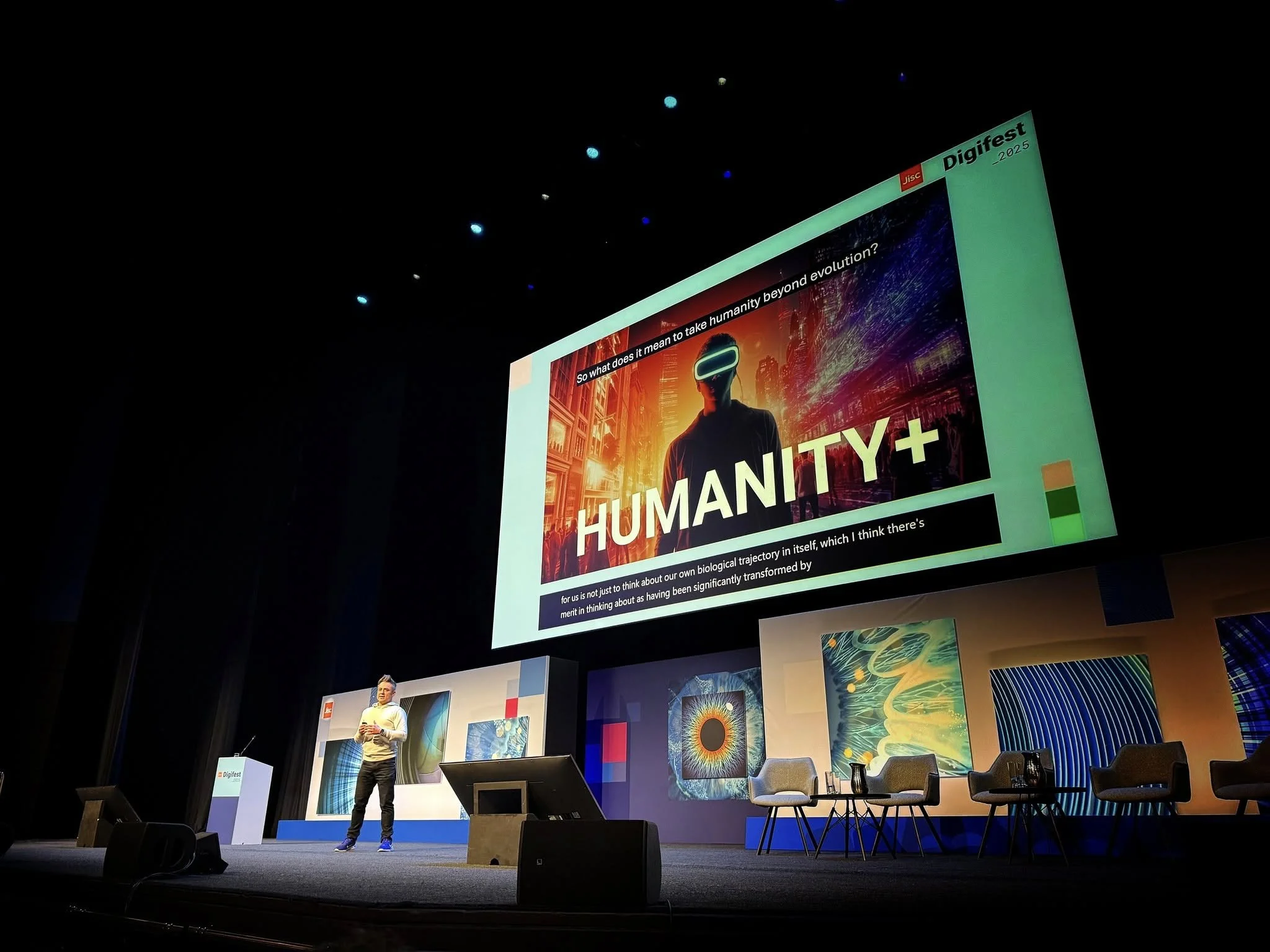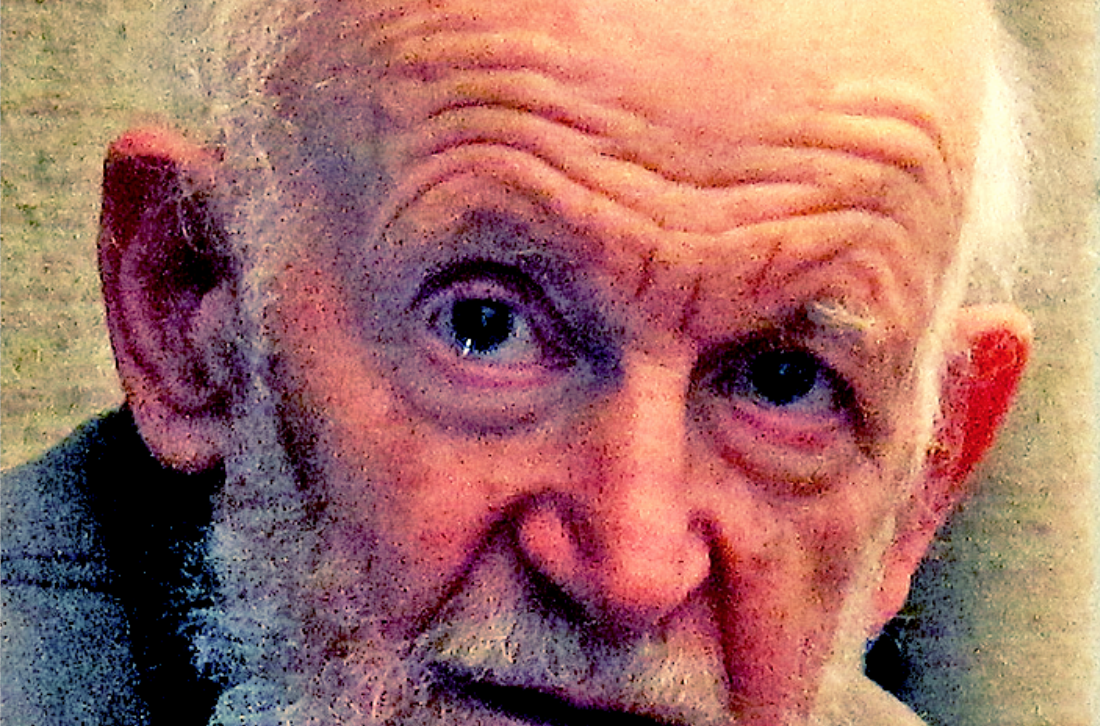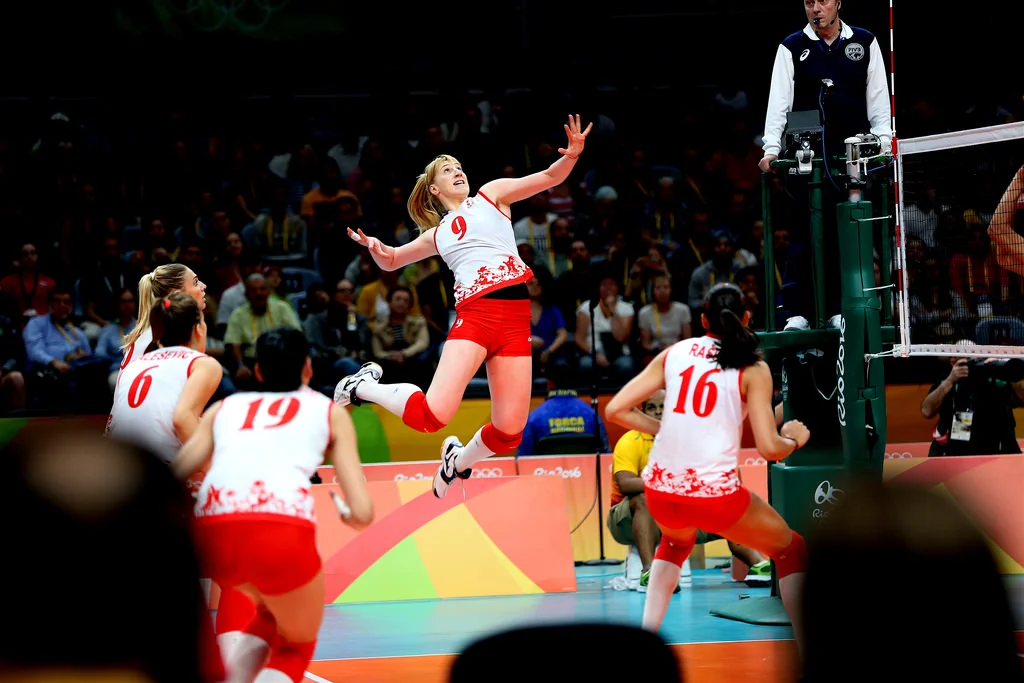
Make it stand out
What’s been happening?

RIP Gustav Metzger
Sarajevo 1984, 33 years later

The Photographers of Rio 206

Visiting Pakistan

#PeaceForParis

Mamiraua

#TotalEclipse

Salford Sonic Fusion Festival

10 years on @Flickr

Rae Morris opens in Liverpool

Sport Photography

Wakestock 2014
"Made in Britain" The London 2012 Games

The Transhuman Paralympic Games
The Paralympic Games Medal Winners Podium #athletics #thrillingthursday

Olympic Hockey

